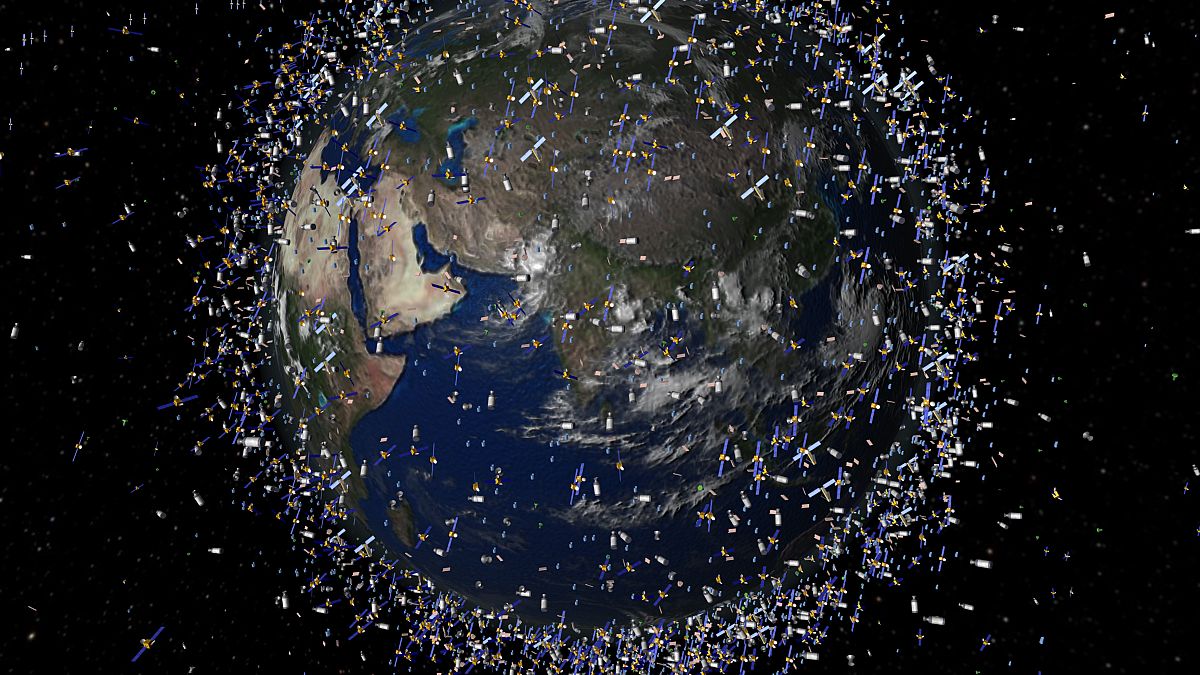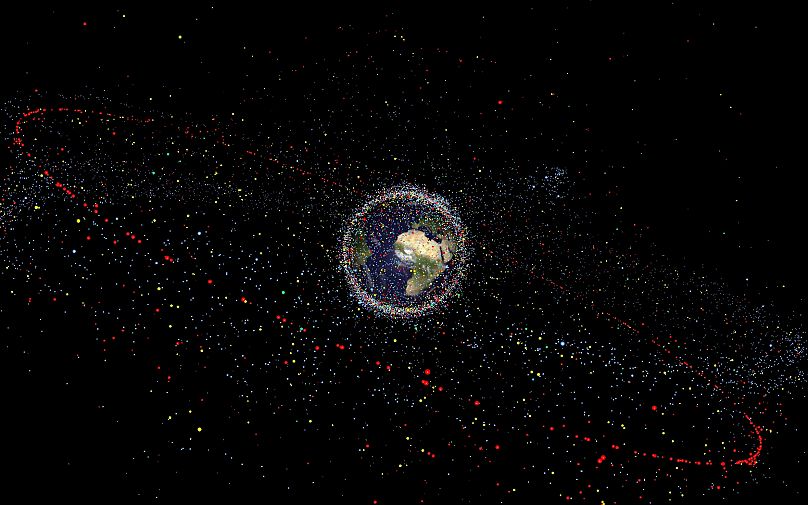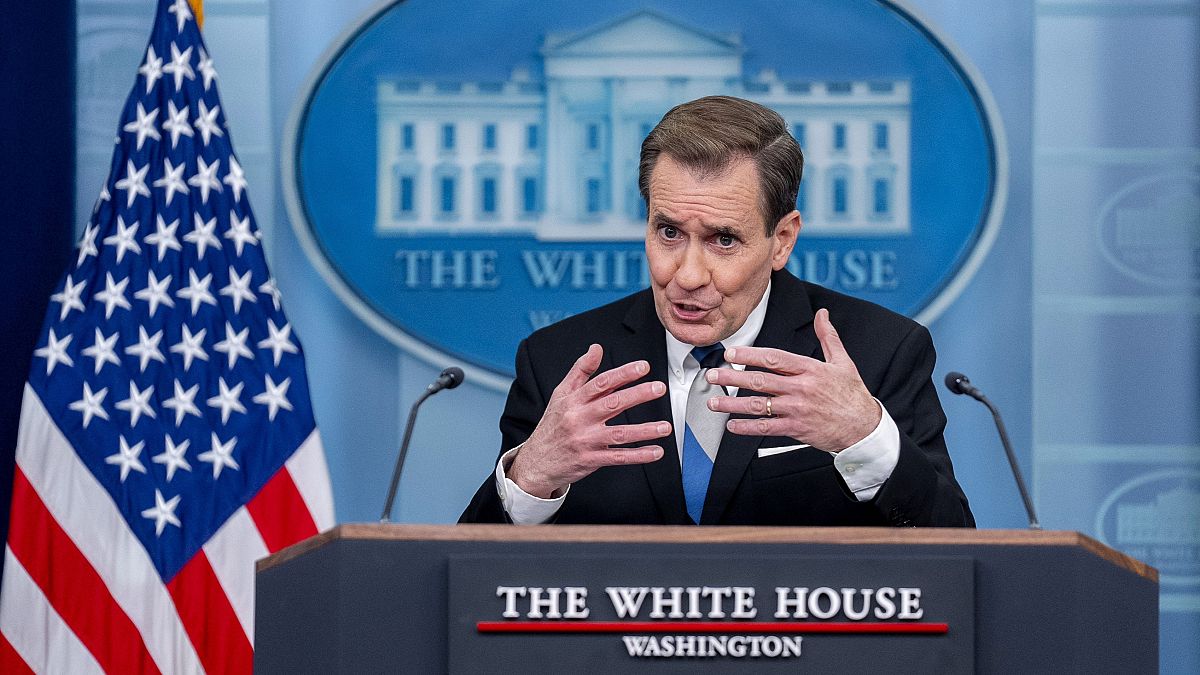Europe Gears Up to Clean Up the Space Debris Surge

European Union Advances with Its First Space Law
While individual member states like Germany and France have already adopted their own space legislation, the European Union is set to introduce its first comprehensive European Space Law in the coming months. This milestone marks a significant step toward harmonizing space policy across the continent.
Key Elements of the Proposed Law
- Liability and Insurance: Clarifies responsibility for space operations and encourages the development of insurance frameworks.
- Resource Management: Establishes rules for the extraction and use of extraterrestrial resources.
- Environmental Protection: Sets standards to mitigate the environmental impact of space activities.
- International Collaboration: Facilitates cooperation with non-EU space-faring nations through standardized agreements.
Potential Benefits for the EU
Adopting a unified space law could streamline regulatory processes, reduce legal uncertainties for businesses, and enhance the EU’s standing in global space discussions.
Satellite Boom: The New Space Race
Why More Satellites Are Being Launched
The global push to send more satellites into low Earth orbit—about 1,000 km from Earth—is driven by expanding satellite applications. Traditional payloads like weather and defense are now complemented by broadband services for remote areas.
Key Figures
- ~12,500 satellites currently orbit Earth.
- Starlink: ~6,000 active satellites across multiple constellations.
- Amazon Kuiper: Projected to launch ~2,300 satellites upon completion.
Industry Insights
Gisela Süss, ESA spokesperson, highlighted at the European Space Forum that the space sector is evolving into a significant business arena.
- Private ventures are increasingly investing in orbital deployments.
- US constellations are at the forefront of the commercial space expansion.
Implications for the Future
With commercial projects like Starlink and Kuiper gaining momentum, the internet-of-something revolution is set to make high-speed connectivity available worldwide, reshaping both global communication and the satellite industry itself.
More and more junk in orbit
Mitigating Satellite Risks with Advanced Technology
Why Satellites Face Hazards
Satellites can cease operation, deteriorate, or collide with debris or other objects. Historically, these spacecraft lacked effective safeguards because altering their trajectories was challenging.
Amazon Kuiper’s Dual‑Layer Defense Strategy
Jordi Casanova from Amazon’s Kuiper Project highlights two key protective measures:
- Active Propulsion Systems – Equipped on every satellite, these engines enable precise maneuvering to sidestep potential collisions.
- Dedicated Shielding – Designed to shield essential components during minor impacts, ensuring essential functionality remains intact.
Anticipated Outcome
By integrating both propulsion and shielding, Kuiper satellites aim to dramatically lower collision risks and enhance reliability across the fleet.

ESA’s Initiative to Mitigate Space Debris in Earth Orbit
1. The Growing Threat of Orbital Debris
Evolving space activities have left hundreds of malfunctioning satellites and countless fragments swirling around Earth. The European Space Agency (ESA) estimates that there are about 2,700 inactive spacecraft, alongside a looming million‑plus of smaller remnants each less than ten centimetres in size. These high‑velocity objects pose a collision risk to active missions.
2. ESA’s Monitoring Efforts
- Active Satellites in Orbit: 2,700 non‑functional units tracked.
- Debris Monitored: Roughly 35,000 pieces currently under surveillance.
- Estimated Total Debris: Millions of sub‑10 cm fragments suspected.
3. Zero Waste Charter
As part of its long‑term strategy, ESA has adopted the Zero Waste Charter, aiming to reduce orbital waste to zero by the year 2030. Although the charter is non‑binding, it sets clear goals for responsible space operations and encourages stakeholder cooperation.
4. Active Removal and De‑orbiting Measures
- Robotic retrieval systems designed to capture defunct satellites.
- Pre‑planned de‑orbit trajectories to bring obsolete crafts safely into the atmosphere.
5. Future Outlook
The combination of vigilant tracking, proactive de‑orbiting, and policy frameworks like the Zero Waste Charter positions ESA to safeguard space for generations to come.
Towards a new European Space Law
Europa’s First Space Law: Charting a New Frontier
Background
The concept of space has long been likened to a “Wild West” by many MEPs and specialists. Yet the European Commission has been working for years to bring order to the cosmos beyond Earth.
Purpose of the Initiative
Commissioner Thierry Breton, responsible for the Internal Market, emphasized the need for a unified regulatory framework—what he calls a “true single market” for space.
Existing National Legislation
- Germany: pioneering national space laws
- France: advanced regulatory statutes in place
- Other EU members: varying degrees of legal frameworks
First European Space Law
Brussels is slated to introduce the continent’s inaugural Space Law in the near future, supplanting national rules with a harmonized European approach.
Key Pillars of the Proposal
- Satellite Navigation Security – ensuring reliable and protected positioning systems.
- Cyber‑Protection of EU Infrastructure – safeguarding space‑related assets against digital threats.
- Sector Development – positioning the space industry as a “major enabler of services” for the EU.
Timeline and Current Status
The law was originally due to be unveiled this spring, but its debut has been postponed. The Commission confirms that the final draft will incorporate the three outlined pillars.





